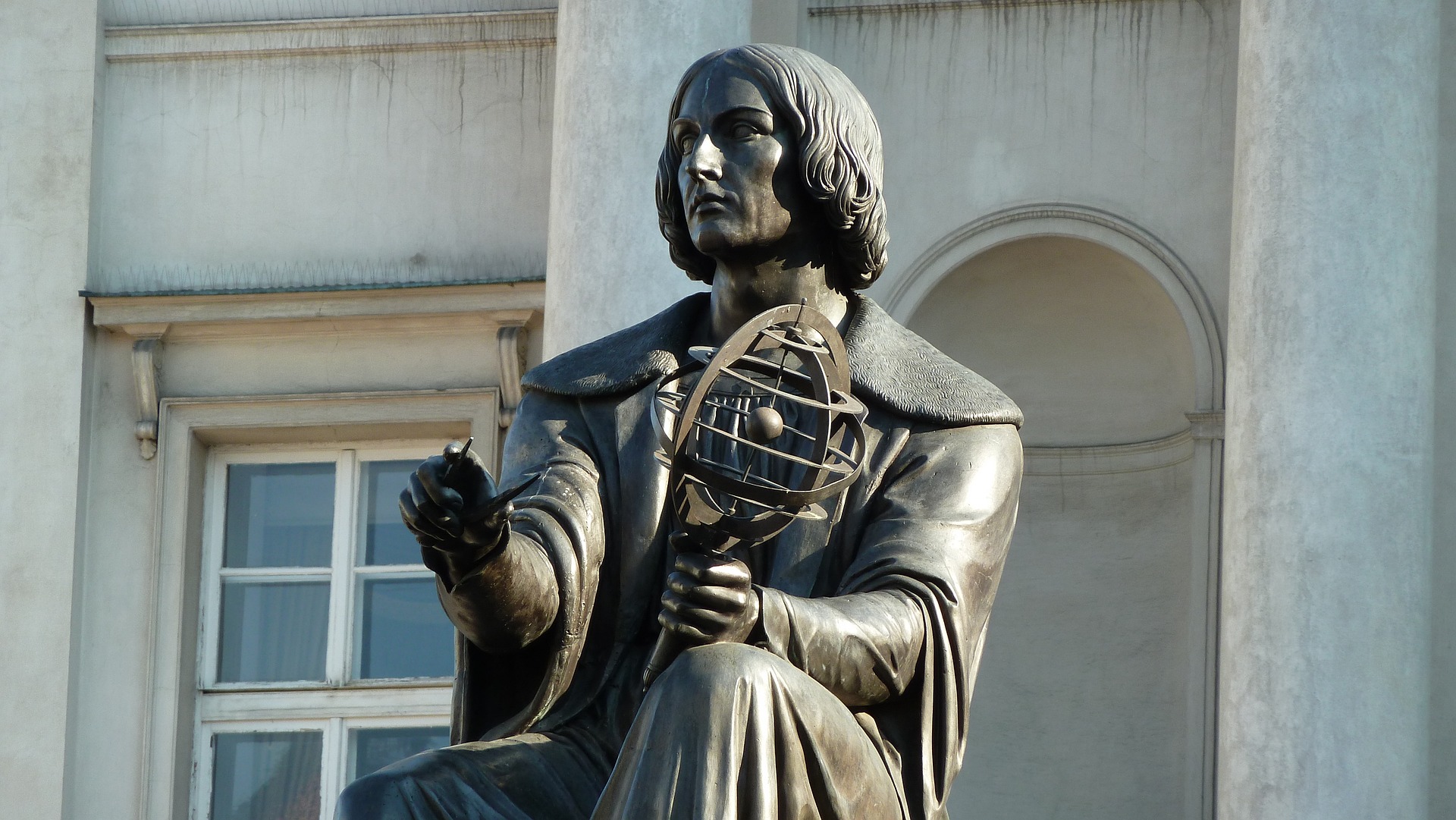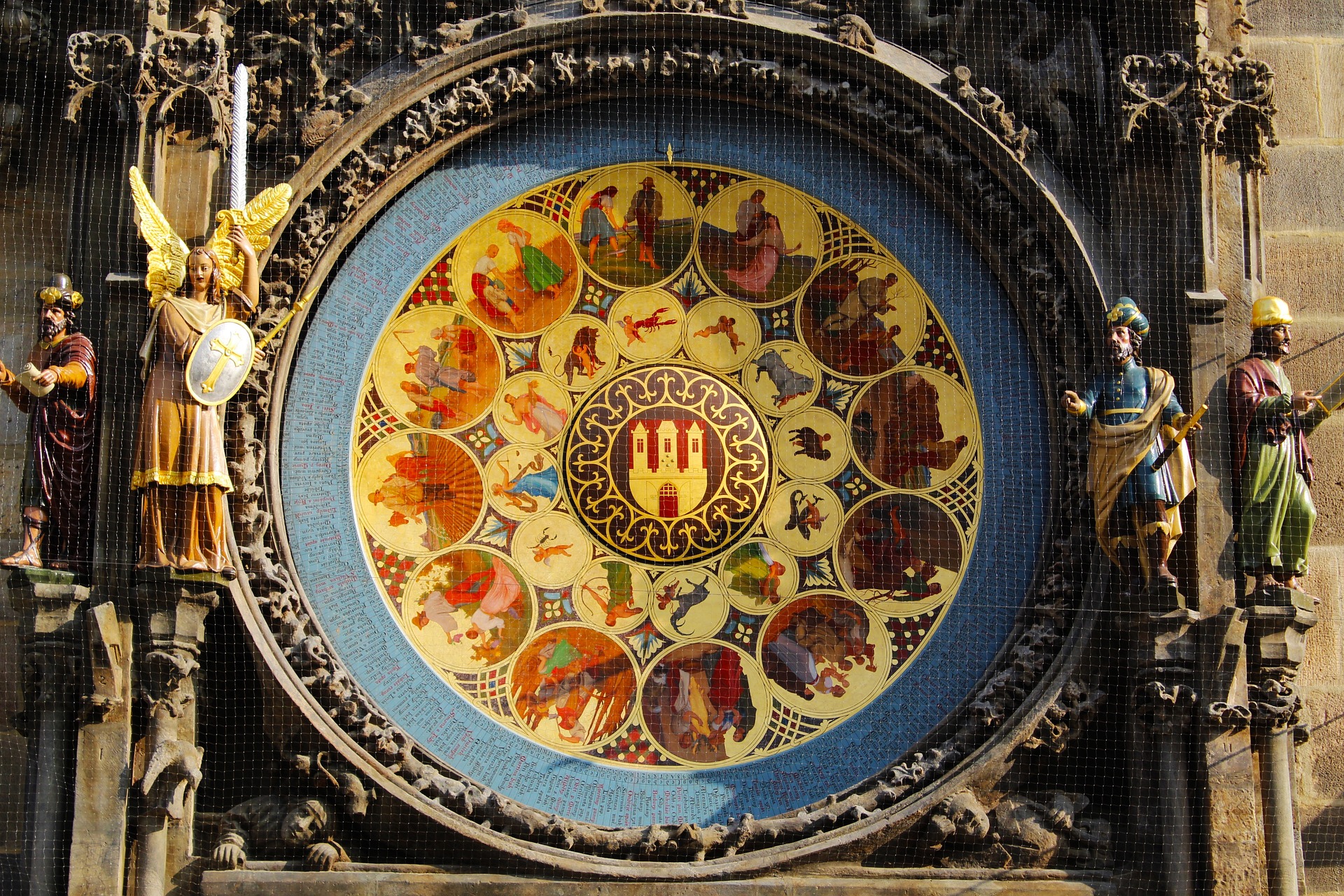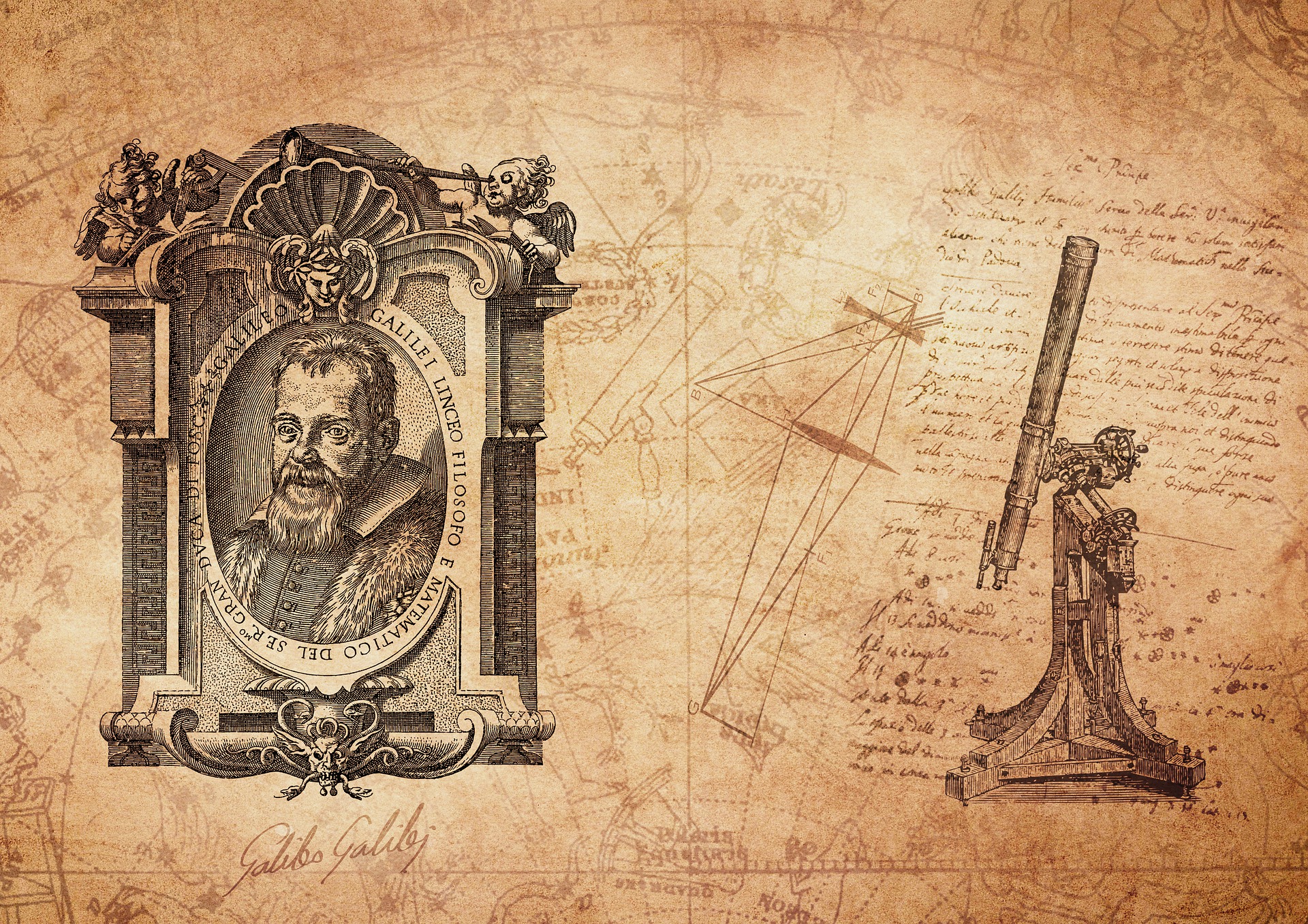Passion of the People – 1.1.9
Renaissance and the Age of Enlightenment
The age of the Renaissance marks the blossoming of classical astronomy as a science, which, however, only began to explore the physical background of the stellar movement. Until the Renaissance, astrology and astronomy were two complementary fields of knowledge. Astronomy was concerned only with the positions of the stars and planets and their exact calculation, while astrology attempted to interpret these positions with regard to earthly events. Until the 17th century, many astronomers also drew up horoscopes for their clients. Astronomical knowledge was therefore a prerequisite for astrology. The inaccuracy of astronomical calculations and models was partly blamed for the inaccuracy of astrological predictions, which gave rise to an incentive to improve them. European astronomy was characterised by the fact that the astronomers’ knowledge of astrology was not always sufficient.
European astronomy during the Renaissance was shaped by Nicolaus Copernicus, Tycho Brahe, Johann Bayer, Johannes Kepler, and Galileo Galilei. It received a new orientation through the work of Nicolaus Copernicus. After observing the Moon against the background of the fixed stars, he doubted the geocentric view of the world and worked out a model in which the Sun was to be equated with the resting centre of the world. In May 1543, in his book “De revolutionibus orbium coelestium”, he mathematically demonstrated that the planetary movements could also be correctly described with a heliocentric world view.
In 1568, Daniele Barbaro improved the camera obscura by using a lens and thus did essential preparatory work for the astronomers of later generations. Tycho Brahe measured the orbits of comets for the first time and drew conclusions regarding their distance (1577) – the great “astronomical” distances became tangible. Before that, Tycho observed a supernova (1572) as well as the orbit of Mars, and after Johann Bayer had published the first modern star catalogue (Uranometria) in 1603, Johannes Kepler described the 1st and 2nd Keplerian laws of planetary motions around the Sun, named after him, in his book Astronomia Nova in 1609. Now a correct description of the planetary motions from a heliocentric point of view was available.
The invention of the telescope at the beginning of the 17th century sealed the turning point in astronomy. Galileo Galilei used it to discover the four inner moons of Jupiter and the phases of Venus. This permanently weakened the Ptolemaic view of the world. It became clear that the Copernican worldview was compatible with observations, as was Brahe’s geocentric model. A decisive proof was neither theoretically nor practically possible at that time. The ensuing dispute with the Church ended with the legal victory of the Inquisition against Galileo, but established a problematic relationship between the Church and the natural sciences.
Undoubtedly, the Renaissance was a most important age for astronomy, producing the science on which astronomy is still based today.


Further Resources
Links below will redirect you to external websites. In accordance with the European data protection declarations, we would like to point out that by clicking on these links you may send data to external providers. We cannot prevent that.
Images
 Stampe e dipinti d‘arte di Johann Bayer – copia-di-arte.com
Stampe e dipinti d‘arte di Johann Bayer – copia-di-arte.com
Videos
![]() Nicolaus Copernicus, Galileo Galilei, Tycho Brahe and Johannes Kepler
Nicolaus Copernicus, Galileo Galilei, Tycho Brahe and Johannes Kepler
![]() Renaissance in Europe: history and philosophy of western astronomy
Renaissance in Europe: history and philosophy of western astronomy
 La nuova fisica celeste di Tycho Brahe – Storia delle idee
La nuova fisica celeste di Tycho Brahe – Storia delle idee
 Le tre leggi di Keplero. Video con simulazione in full HD. NUOVO! – Enrico Vitali – Scienze e Natura
Le tre leggi di Keplero. Video con simulazione in full HD. NUOVO! – Enrico Vitali – Scienze e Natura
 Galilei – Superquark
Galilei – Superquark
 Modello geocentrico e modello eliocentrico – HUB Scuola
Modello geocentrico e modello eliocentrico – HUB Scuola
Online Resources
![]() Astronomy and the Renaissance – a podcast
Astronomy and the Renaissance – a podcast
![]() Renaissance astronomy in Prague. An example for a touristic tour
Renaissance astronomy in Prague. An example for a touristic tour
![]() A 1605 imprint of a work by Giovanni Paolo Gallucci. A fascinating example of an author navigating the political landscape of his time (Dr. Ada Palmer)
A 1605 imprint of a work by Giovanni Paolo Gallucci. A fascinating example of an author navigating the political landscape of his time (Dr. Ada Palmer)
 L’Età dei Lumi: l’avvento delle scienze della Natura 1770-1830. Fisica e chimica esatte – TRECCANI
L’Età dei Lumi: l’avvento delle scienze della Natura 1770-1830. Fisica e chimica esatte – TRECCANI
 Tycho Brahe, l’astronomo più eccentrico della storia – STORICA National Geographic
Tycho Brahe, l’astronomo più eccentrico della storia – STORICA National Geographic
 ASTRONOMIA E ASTROLOGIA IN UN MANOSCRITTO RINASCIMENTALE – Gallerie Estensi
ASTRONOMIA E ASTROLOGIA IN UN MANOSCRITTO RINASCIMENTALE – Gallerie Estensi
 Niccolò Copernico e la rivoluzione del cosmo – STORICA National Geographic
Niccolò Copernico e la rivoluzione del cosmo – STORICA National Geographic
 La vita di Giovanni Keplero e l’origine delle tre leggi sul movimento dei pianeti – Camilla Ferrario, Geopop
La vita di Giovanni Keplero e l’origine delle tre leggi sul movimento dei pianeti – Camilla Ferrario, Geopop
 Galilèi, Galileo – TRECCANI
Galilèi, Galileo – TRECCANI
 Galileo, lo scienziato contro la Chiesa – STORICA National Geographic
Galileo, lo scienziato contro la Chiesa – STORICA National Geographic
Further Readings
![]() Planetary Astronomy from the Renaissance to the Rise of Astrophysics, Part A, Tycho Brahe to Newton
Planetary Astronomy from the Renaissance to the Rise of Astrophysics, Part A, Tycho Brahe to Newton
 Astronomia culturale e psiche umana – Elio Antonello, Silvana Fontana
Astronomia culturale e psiche umana – Elio Antonello, Silvana Fontana
 Astronomia e orologi nel Rinascimento – Giorgio Casanova
Astronomia e orologi nel Rinascimento – Giorgio Casanova
Teaching Material
 A New Look at the World – The Renaissance Experiment (video)
A New Look at the World – The Renaissance Experiment (video)
 Nikolaus Kopernikus und das neue Weltbild (video)
Nikolaus Kopernikus und das neue Weltbild (video)
![]() Astronomy during Renaissance (video)
Astronomy during Renaissance (video)
![]() Renaissance Astronomers – Real Faces – The Age of Enlightenment (video)
Renaissance Astronomers – Real Faces – The Age of Enlightenment (video)
![]() Lesson: Astronomy in the Renaissance (1400 – 1650) (presentation)
Lesson: Astronomy in the Renaissance (1400 – 1650) (presentation)
 La Rivoluzione scientifica e Illuminismo – E-learning Tips
La Rivoluzione scientifica e Illuminismo – E-learning Tips
 Tycho Brahe: vita, filosofia e scoperte – Studenti
Tycho Brahe: vita, filosofia e scoperte – Studenti
 Niccolò Copernico: biografia e teoria copernicana – Studenti
Niccolò Copernico: biografia e teoria copernicana – Studenti
 Sistema geocentrico e sistema eliocentrico – Zanichelli
Sistema geocentrico e sistema eliocentrico – Zanichelli
 Niccolò Copernico – RaiScuola
Niccolò Copernico – RaiScuola
 Galileo Galilei spigato ai bambini di Scuola Primaria – SostegnO 2.0
Galileo Galilei spigato ai bambini di Scuola Primaria – SostegnO 2.0
 Costruirsi un cannocchiale galileiano – Istituto e Museo di Storia della Scienza, Museo Galileo
Costruirsi un cannocchiale galileiano – Istituto e Museo di Storia della Scienza, Museo Galileo
For Kids
![]() Renaissance view on astronomy for kids
Renaissance view on astronomy for kids
 Quali sono le leggi di Keplero? – Focus Junior
Quali sono le leggi di Keplero? – Focus Junior
 Galileo Galilei: tutto sulla vita e le curiosità dello scienziato – Focus Junior
Galileo Galilei: tutto sulla vita e le curiosità dello scienziato – Focus Junior
 Galileo Galilei – Scienziati in fiaba – LiceoForKids
Galileo Galilei – Scienziati in fiaba – LiceoForKids
 5 cose che non sai su Galileo Galilei – Focus Junior
5 cose che non sai su Galileo Galilei – Focus Junior

